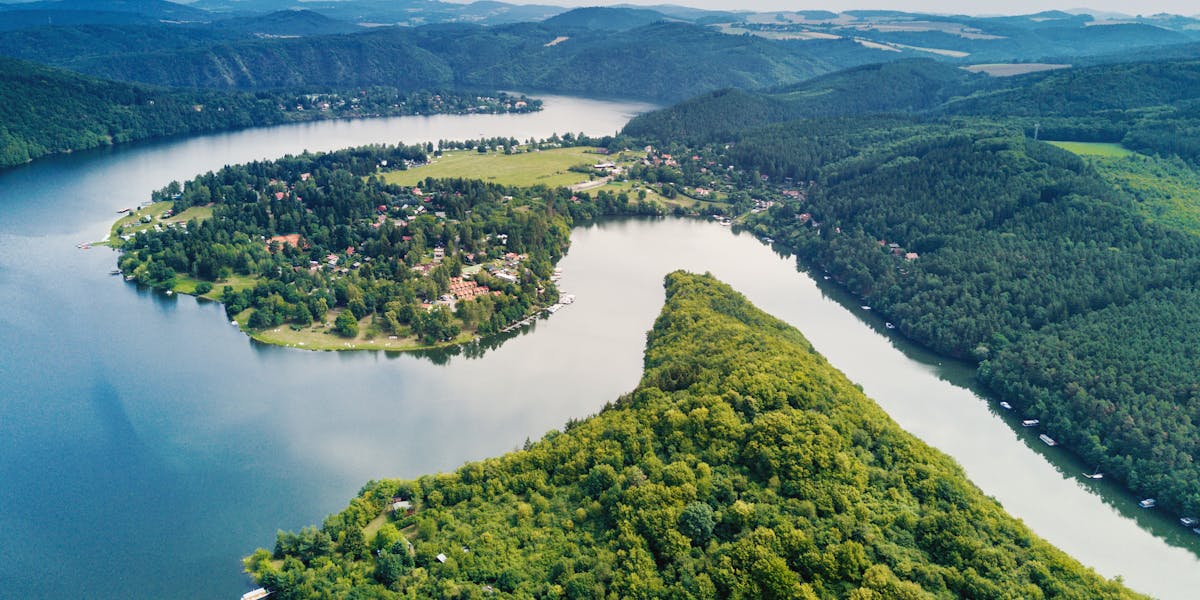Author: Ramiro Jordan (University of New Mexico).
Topic: Communicating river system sustainability.
Tool type: Teaching.
Relevant Disciplines: Civil; Mechanical.
Keywords: Water and sanitation; Infrastructure; Community sustainability; Health; Government policy; Social responsibility; AHEP; Higher education; Sustainability; Project brief; Water quality control.
AHEP mapping: This resource addresses two of the themes from the UK’s Accreditation of Higher Education Programmes fourth edition (AHEP4): The Engineer and Society (acknowledging that engineering activity can have a significant societal impact) and Engineering Practice (the practical application of engineering concepts, tools and professional skills). To map this resource to AHEP outcomes specific to a programme under these themes, access AHEP 4 here and navigate to pages 30-31 and 35-37.
Related SDGs: SDG 3 (Good health and well-being); SDG 4 (Quality education); SDG 6 (Clean water and sanitation); SDG 8 (Decent work and economic growth).
Educational level: Intermediate.
Learning and teaching notes:
This is an example project that could be adapted for use in a variety of contexts. It asks students to devise a “sustainability dashboard” that can not only track indicators of river system sustainability through technical means, but also communicate the resulting data to the public for the purpose of policy decisions. Teachers should ideally select a local river system to focus on for this project, and assign background reading accordingly.
Learners have the opportunity to:
- Investigate the links between history, politics, and engineered systems;
- Research existing data sources;
- Devise a technical solution for community impact.
Teachers have the opportunity to:
- Showcase real-world implications of the SDGs;
- Integrate technical learning with sustainability issues;
- Emphasise the importance of the engineer’s role in public life.
Supporting resources:
Introduction:
Two vital and unique resources for the planet are water and air. Any alterations in their composition can have detrimental effects on humans and living organisms. Water uses across New Mexico are unsustainable. Reduced precipitation and streamflows cause increased groundwater use and recharge. Serious omissions in state water policy provide no protection against complete depletion of groundwater reserves.
The water governance status quo in New Mexico will result in many areas of New Mexico running out of water, some sooner, some later, and some already have. Because Water is Life, water insecurity will cause economic insecurity and eventual collapse.
Water resources, both surface and groundwater, and total water use, determine the amount of water use that can be sustained, and then reduce total water use if New Mexico is to have water security. The public must therefore recognise that action is required. Availability of compiled, accessible data will lead to and promote our critical need to work toward equitable adaptation and attain sustainable resiliency of the Middle Rio Grande’s common water supply and air quality.
A data dashboard is needed to provide on-line access to historical, modern, and current perspectives on water, air quality, health, and economic information. A dashboard is needed to help inform the public about why everyone and all concerned citizens, institutions and levels of government must do their part!
Project brief:
The Middle Rio Grande region of New Mexico has particular sustainability and resilience requirements and enforceable legal obligations (Rio Grande Compact) to reduce water depletions of the Rio Grande and tributary groundwater to sustainable levels. However, there is a lack of accessible depictions of the Middle Rio Grande’s water supply and demand mismatch. Nothing publicly accessible illustrates the surface water and groundwater resources, water uses, and current water depletions that cannot be sustained even if water supplies were not declining. Therefore, there is a corresponding lack of public visibility of New Mexico’s water crisis, both in the Middle Valley and across New Mexico. Local water institutions and governments are siloed and have self-serving missions and do not recognise the limits of the Middle Valley’s water resources.
A water data dashboard is needed to provide online open access to historical, modern, and current perspectives on water inflows, outflows, and the change in stored surface and groundwater. This dashboard should inform the public about why everyone and all water institutions and levels of government must do their part!
Given:
- Data from numerous on-line and paper or spreadsheet data sources
- Law of the Rio Grande
- The 2004 water budget components and historical information.
Objectives:
- Engage data providers to cooperatively secure access to the public data they collect and maintain.
- Create one website Dashboard to present the relevant water data of the Middle Rio Grande.
- Demonstrate the function and form of the Water Data Dashboard to illustrate the value of simplified presentation of aggregated data.
- Illustrate the value of creating procedures for data aggregation and presentation in simplified, accessible formats so that the prototype dashboard is taken over by an institution with the resources to build and maintain an improved second-generation version.
- Provide selected water data sets as set forth in 2019 Water Data Act standards and procedures to the NM Water Data Initiative.
- Find a long-term home for the dashboard project with a government agency or Middle Rio Grande water institution.
Acknowledgements: The 2023 Peace Engineering summer cohort of Argentine Fulbright Scholars who analysed the Middle Rio Grande Case Study concluded that water in the Middle Rio Grande is a community problem that requires a community driven solution.
This work is licensed under a Creative Commons Attribution-ShareAlike 4.0 International License.
Any views, thoughts, and opinions expressed herein are solely that of the author(s) and do not necessarily reflect the views, opinions, policies, or position of the Engineering Professors’ Council or the Toolkit sponsors and supporters.
To view a plain text version of this resource, click here to download the PDF.





